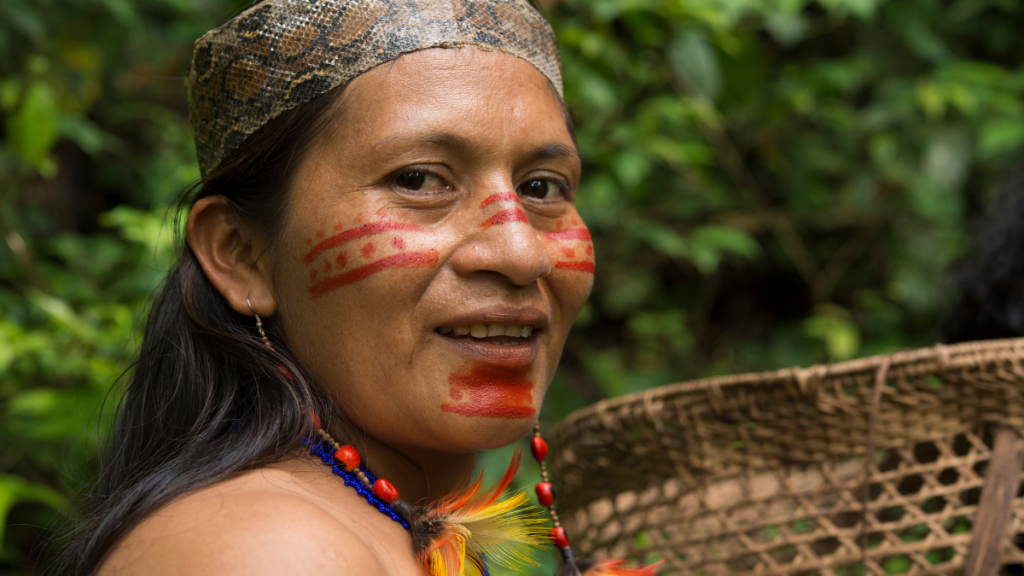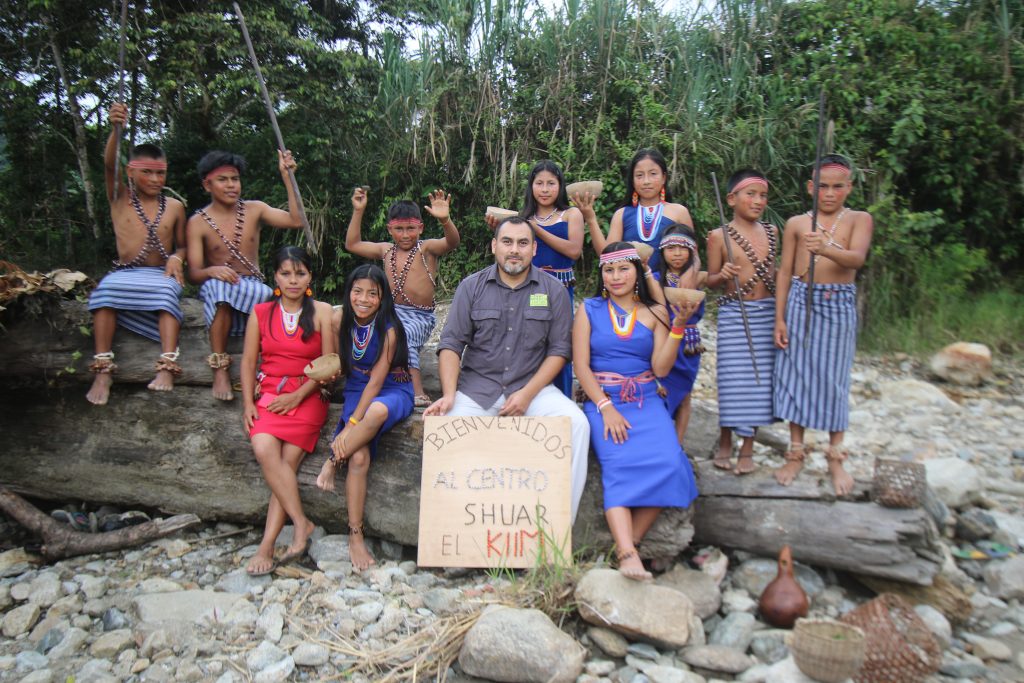Latest IPCC Report on Climate Crisis Calls for Swift Action
03/23/2023
The 6th Assessment Synthesis Report from the Intergovernmental Panel on Climate Change (IPCC) warns that despite progress in climate mitigation efforts, the current pace of action is insufficient to keep global temperatures below the threshold of 1.5°C. That is the threshold beyond which scientists say climate impacts increase significantly and damage becomes rapidly irreversible. Below is a summary of the report’s findings.
Action needs to happen now, this is the decisive decade
To ensure temperatures do not exceed the threshold of 1.5°C, global greenhouse gas (GHG) emissions will need to peak within this decade, decline by 43% by 2030, and 60% by 2035. Adverse climate impacts are already far more extreme than initial reports anticipated. The current global surface temperature has already warmed 1.1°C above preindustrial levels. With this alone, there has been an increase in biodiversity loss, drought, extreme heat, and flooding, among other impacts. Despite a decrease in the cost of green energy, improved technologies, and national commitments to reduce GHG emissions. These measures have continued to increase and will fall short. Unsustainable energy use, land use, lifestyles and patterns of consumption and production all contribute to the GHG emissions. A rapid scaling of policy and increased funding to climate is needed to achieve climate stabilization.
Even small increases in overall temperature matter
The report defines the risks, adverse impacts, and related losses and damages from climate change at varying degrees of temperature rises. At each tier, the loss of biodiversity increases, access to clean water and food decreases, and sea levels rise. There is no question that any positive changes to keep global warming in check will help to avoid further loss of life and encourage ecosystem health. At a certain point, it is no longer reversible. As certain losses and damage occur, reversal and adaptation options are far less feasible, if even effective at all. It is important to take every action possible at this very moment. Hope lies in the prevention of further tipping the warming scales.

Biggest impacts threaten those who have historically contributed the least to climate change
According to the IPCC, nearly half of the global population lives in areas where their lives or livelihoods are under threat of climate change. It is said that between 3.3 billion and 3.6 billion people live in countries that are highly vulnerable to climate impacts, including those within Central and South America where Nature and Culture operates. In addition, many of these areas face extreme poverty, governance challenges, and limited access to financial resources or technical support. In this 6th Assessment Report, the IPCC also notes that climate adaptation challenges are often “exacerbated by inequity and marginalization linked to gender, ethnicity, low income or combinations thereof, especially for many Indigenous Peoples and local communities.”
Data on the global inequalities of CO2 emissions reveals that higher-earning countries as well as higher-earning individuals produce more of the world’s GHGs and yet it is those who are producing the least who are most heavily impacted. The highest income-earning households contribute around 45% of the world’s consumption-based CO2 emissions, while the bottom 50% account for only around 15%.
The threats of climate change weigh more heavily on regions that are not historically responsible for the production of GHGs; however, the world is looking to many of these areas for quick adaptation efforts or asking for limitation on development that could provide an immediate higher standard of living. That is why it is important to allow these most vulnerable groups or regions inclusive governance, and transparent and participatory decision-making for mitigation and adaptation efforts.

What is Nature and Culture’s role?
Protecting Earth’s remaining oceans, plants, animals, and soils is the most cost-effective climate adaptation option. The most potential exists in preventing deforestation in tropical regions. For Nature and Culture that means maintaining tropical forests in the Amazon and Andes. Long-term management of our protected areas supports biodiversity resilience in the region and supports ecosystem services at a global scale, including the sequestration of billions of tons of carbon. Beyond the protection and management of these threatened forests, reforestation and agroforestry (or sustainably cultivating native crops) also contribute to climate mitigation. All these efforts can positively affect local communities if they are done in coordination with the people who live in these areas. Reforestation can improve air quality, access to clean water and food, and agroforestry techniques include economic benefits that have potential to reduce poverty and improve local livelihoods.

Many climate adaptation solutions already exist and positively impact global well-being
According to the report, there are feasible, effective, low-cost, low-trade-off options already available, and many include wider societal benefits. A major conclusion of the synthesis is the need to prioritize equity, climate justice, social justice, and inclusion in the near-term actions to mitigate climate change.
Focusing on societal enhancements like education, hunger, poverty, gender, and energy access can support regions and people with the highest climate change vulnerabilities. It not only supports overall societal well-being, but it can also scaffold climate adaptation development programs. Recognition of the inherent rights of Indigenous Peoples is also crucial to successful adaptation across forests and other ecosystems, according to the report. This has always been a cornerstone of Nature and Culture’s work, prioritizing the needs of the local communities we work with.
Looking to communities, governments and businesses for leadership
Cooperative climate mitigation is essential. This means including climate adaptation practices that are informed by Indigenous Peoples and local communities. Truly effective climate action will involve coordination among many stakeholders. A prime example of this in action is in our work on the Amazonian Platform, This is a agreement between 7 Indigenous nationalities and local governments to manage 11 million acres of the Amazon rainforest. Nature and Culture supports projects that require buy-in from varying levels of government and marketplaces and include frameworks that hear a multitude of voices, including Indigenous Peoples and local communities.

The climate adaptation measures we implement are done in close collaboration with Indigenous Peoples and local communities and in partnership with local government. These types of projects put people at the heart of the outcome and provide access to finance and technology that would otherwise be unavailable. They often also provide other economic benefits, such as food and water security and improve the overall health of the human populations while safeguarding biodiversity and promoting carbon sequestration.
Please join us in safeguarding our climate future by making a donation today!


